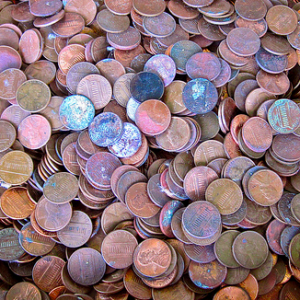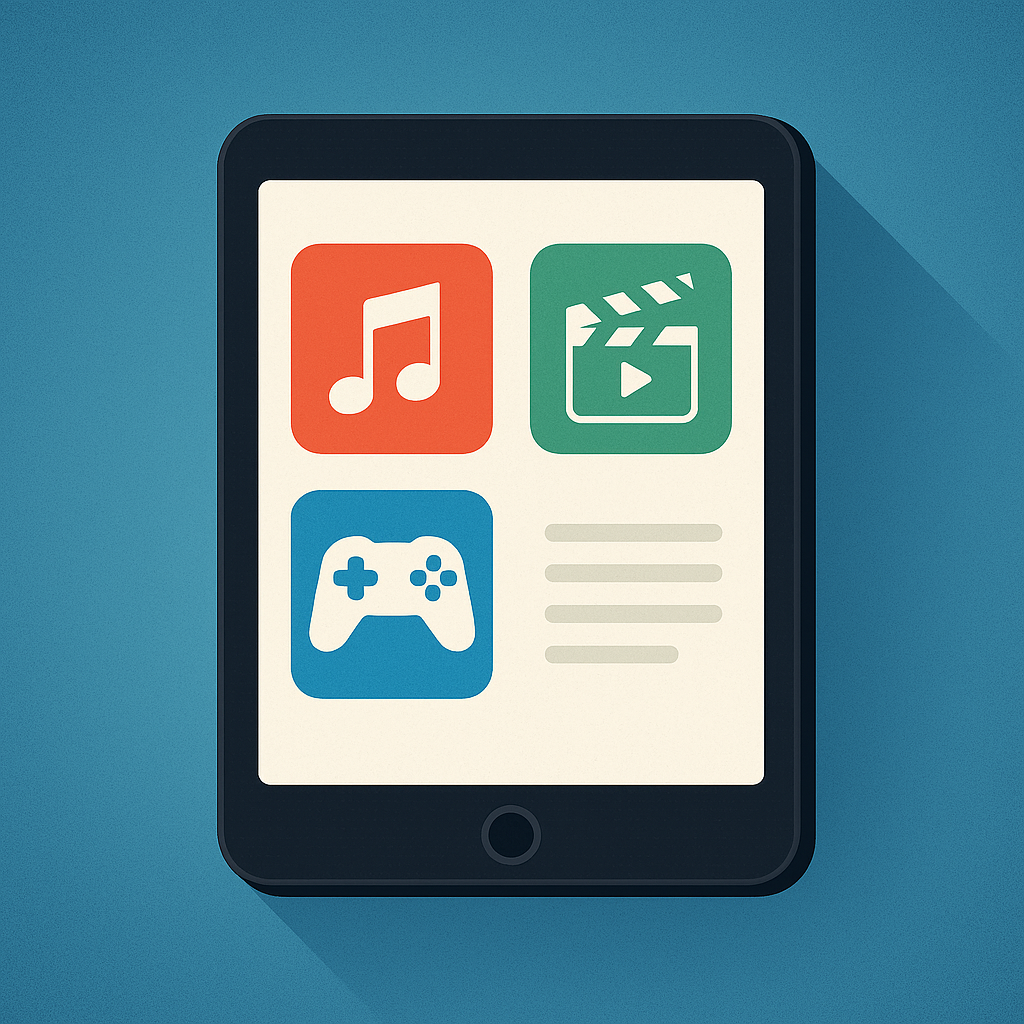Some Best Practices for Maximum Exposure at App Release
Controlling the release of your app is one of the keys to getting the maximum exposure for your app release. There are methods you can use to get that exposure and to keep things under your control for release. Let’s talk a little bit about the proper method for staging your app for release and how to set your app up for maximum publicity at release.
The first thing to note is that the App Store editorial items in iTunes such as featured, new and noteworthy, the large and small bricks, etc. are updated once per week. That update, as of last week, takes place on on Thursdays. The changes will go live at 4pm Pacific time. This change was made to better focus new changes just before the weekend rush. App sales are considerably stronger on Friday, Saturday, and Sunday US time.
Launching an app isn’t just about hitting the “Publish” button. It’s about strategic planning, timing, and leveraging available tools to ensure your app gets the attention it deserves. Let me walk you through the process I’ve found effective.
📅 Timing Is Everything
I’ve noticed that the App Store updates its editorial content—like featured apps and new releases—once a week. This typically happens on Thursdays around 4 PM Pacific Time.
Why does this matter? Well, app downloads tend to spike over the weekend. By aligning your app’s release with this update, you position it to be featured and capitalize on the weekend traffic.
🚀 Staging Your App for Release
Controlling your app’s release date isn’t directly supported by Apple, but there’s a workaround I’ve used:
Set a Future Availability Date: When submitting your app, set its availability date far in the future. This ensures that once approved, it won’t go live immediately.
Prepare for Launch: After approval, your app’s status will be “Ready for Sale,” but it won’t be visible on the App Store yet. This gives you time to prepare marketing materials, reach out to the press, and generate buzz.
Adjust the Availability Date: When you’re ready, change the availability date to your desired launch date—ideally a Thursday to align with the App Store’s update cycle.
This approach gives you control over your app’s public release, allowing for coordinated marketing efforts.
🎁 Utilizing Promo Codes
Once your app is approved but not yet released, you can request promo codes. These codes allow users to download your app before it’s publicly available. iphoneincubator.com
Here’s how I’ve used them:
Press Previews: Send promo codes to journalists and bloggers so they can review your app ahead of launch.iphoneincubator.com
Beta Testing: Distribute codes to a select group of users for final testing and feedback.
Remember, promo codes are valid for four weeks from the day they’re generated and can only be used once.
📣 Coordinated Marketing Efforts
With your app staged and promo codes in hand, it’s time to ramp up marketing:
Press Outreach: Inform media outlets about your upcoming launch. Provide them with promo codes and press kits.
Social Media Campaigns: Start teasing features and benefits of your app to build anticipation.
Email Newsletters: Notify your subscriber base about the launch date and what they can expect.
The goal is to create a buzz leading up to the release, ensuring a strong start.
🌟 Getting Featured by Apple
Being featured on the App Store can significantly boost your app’s visibility. Here’s what I’ve learned:
Submit a Featuring Nomination: Use App Store Connect to nominate your app for featuring. Apple recommends doing this at least two weeks in advance.Align with Apple’s Guidelines: Ensure your app adheres to Apple’s design and functionality standards.
Highlight Unique Features: Emphasize what sets your app apart, whether it’s innovative technology, exceptional design, or unique content.
Remember, Apple looks for apps that offer great user experiences and align with their values.
🧪 Final Testing and Adjustments
Before the official launch:
Conduct Final Tests: Use the promo codes to test the app in real-world scenarios. Apple Developer
Update Metadata: Ensure your app’s description, keywords, and screenshots are optimized for the App Store.
This phase is crucial to iron out any last-minute issues and present your app in the best light.
📊 Phased Release Option
If you’re cautious about releasing to all users at once, consider a phased release:
Gradual Rollout: Apple allows you to release your app update over a 7-day period, starting with a small percentage of users and increasing daily.
Monitor Performance: This approach lets you monitor app performance and user feedback, making it easier to address issues early on.
It’s a strategic way to ensure stability and gather insights before a full-scale launch.
🏁 Launch Day Checklist
On the day of the launch:
Update Availability Date: Ensure your app’s availability date is set correctly in App Store Connect.
Monitor the App Store: Check if your app appears in the “New and Noteworthy” or featured sections.
Engage with Users: Respond to reviews and feedback promptly to show users you value their input.
Track Metrics: Monitor downloads, user engagement, and other key performance indicators to assess the success of your launch.
By carefully planning and executing each step, you can maximize your app’s exposure and set the stage for success.


